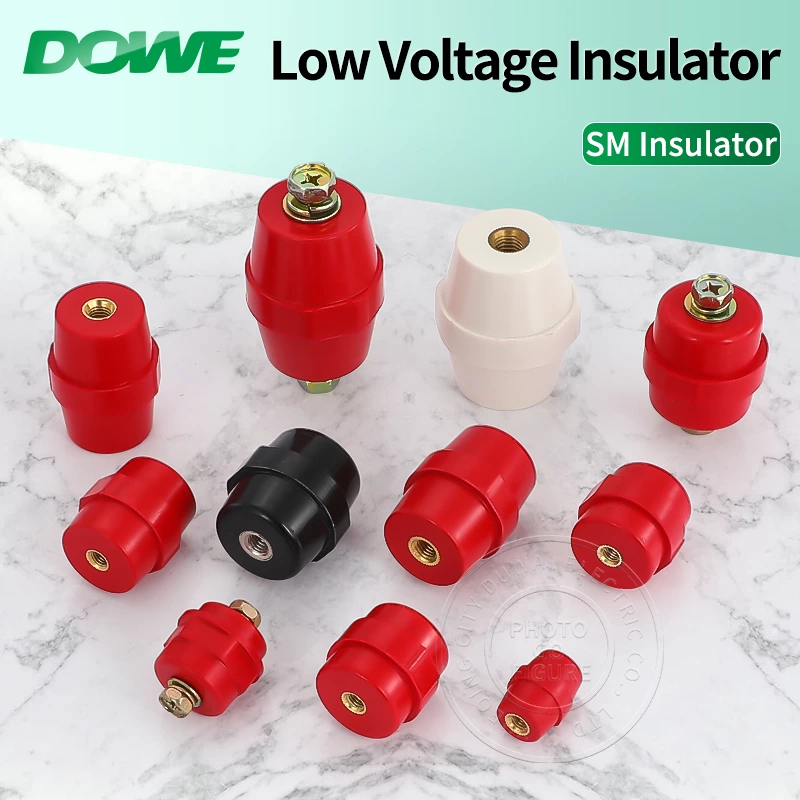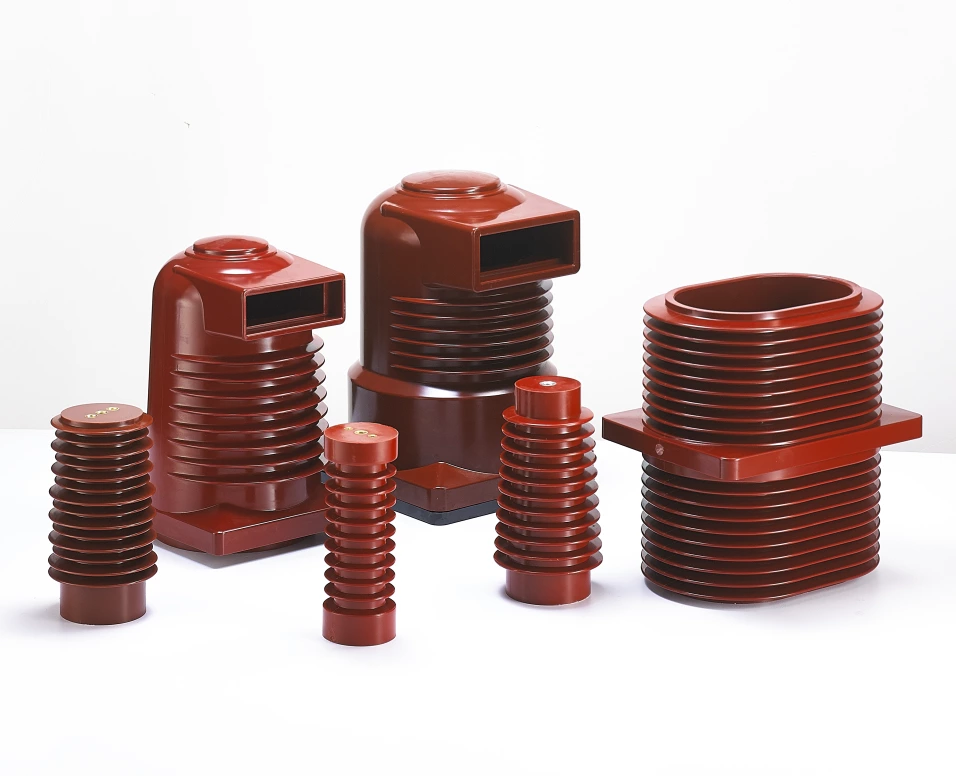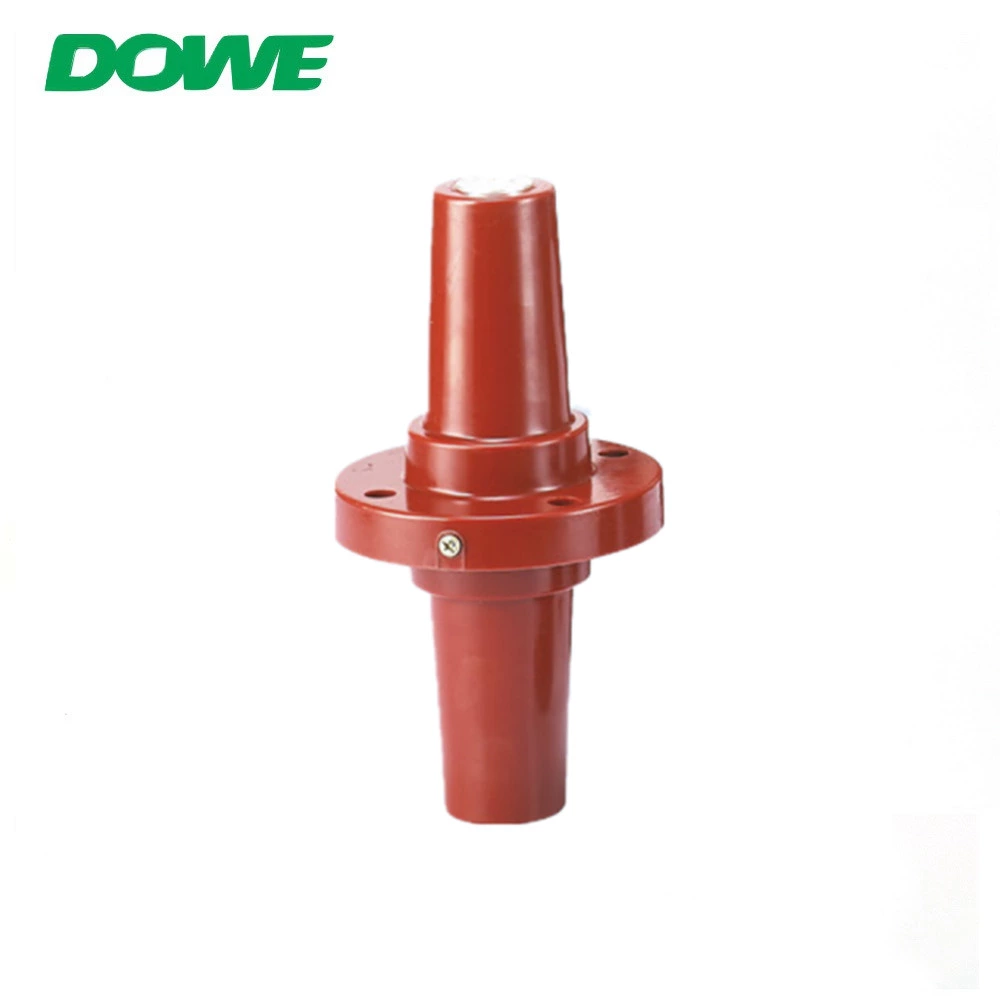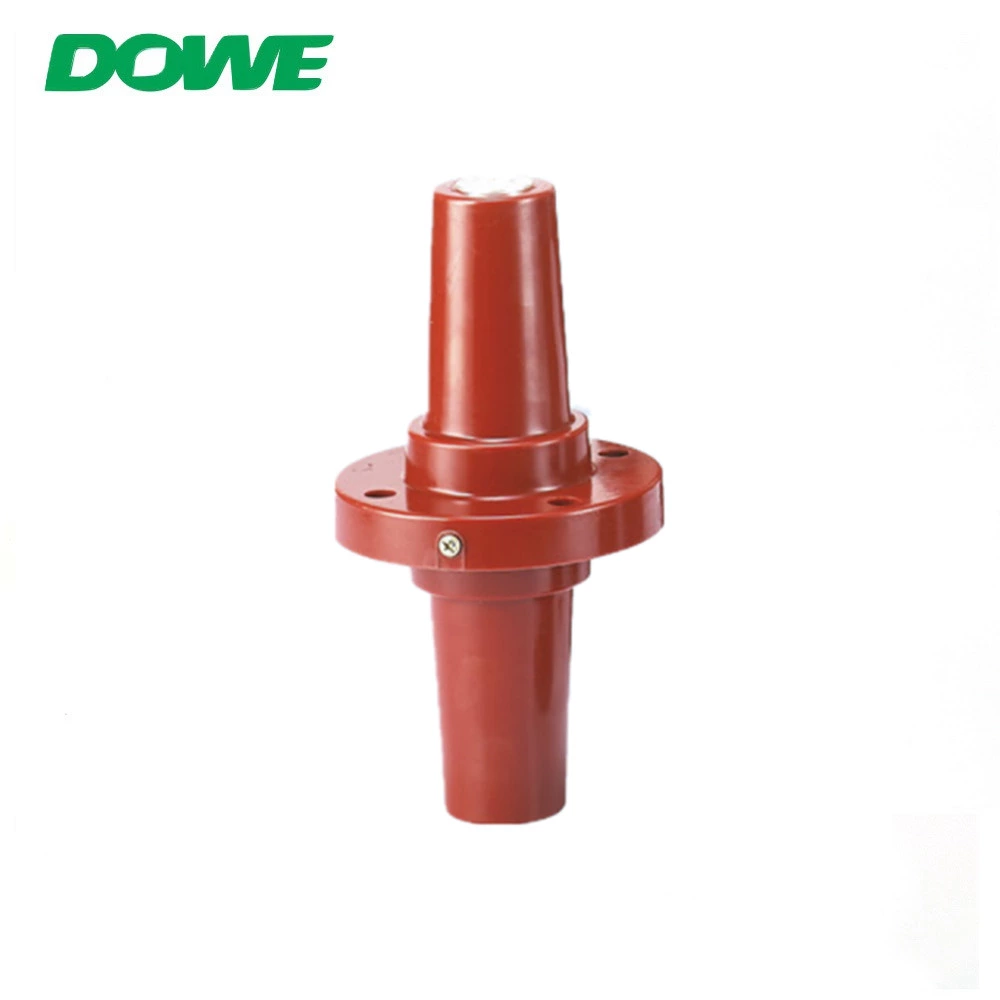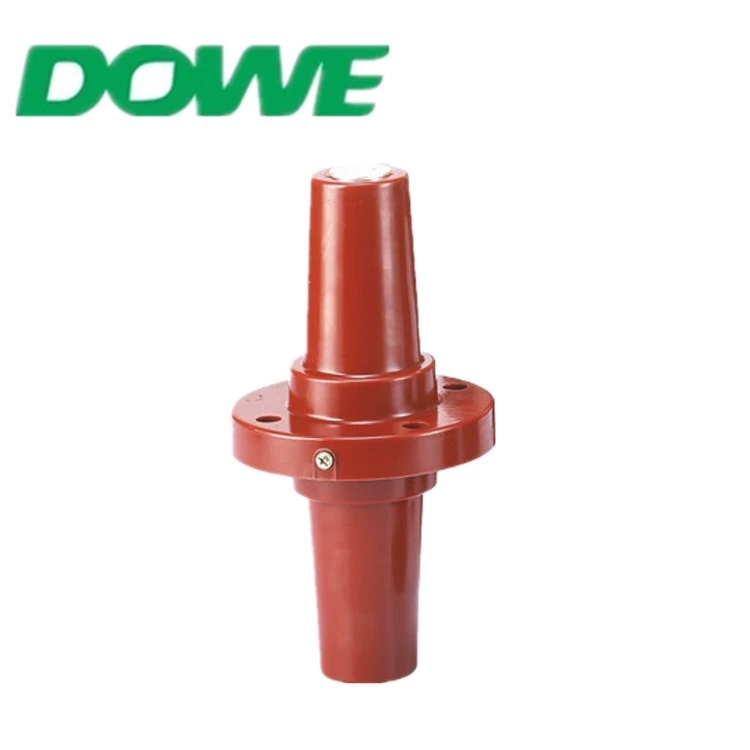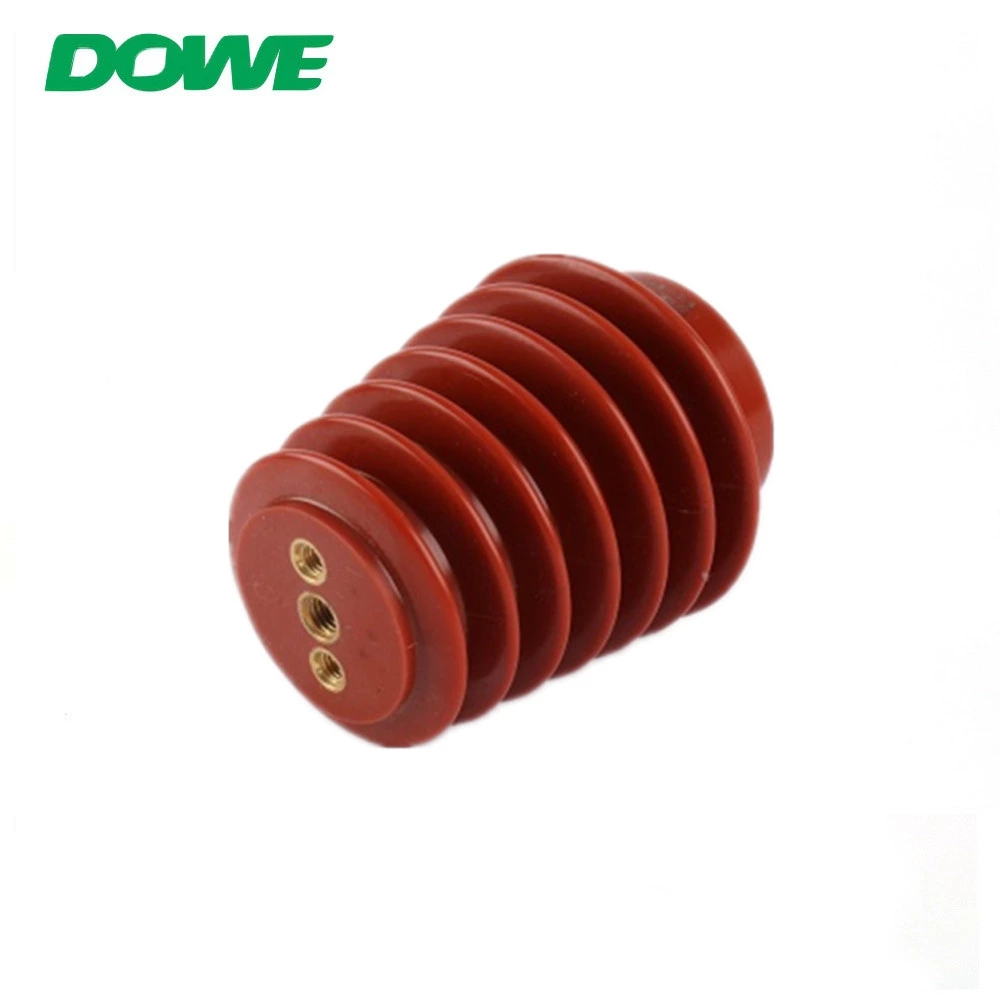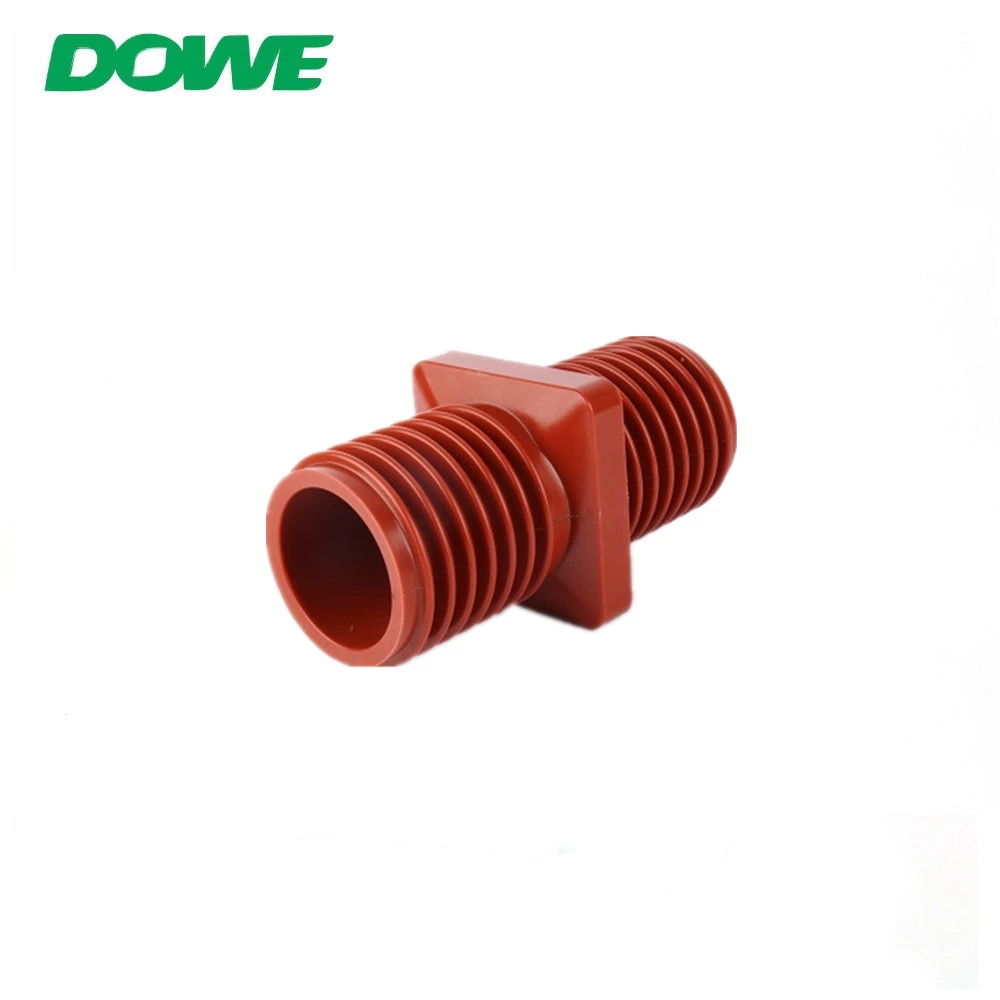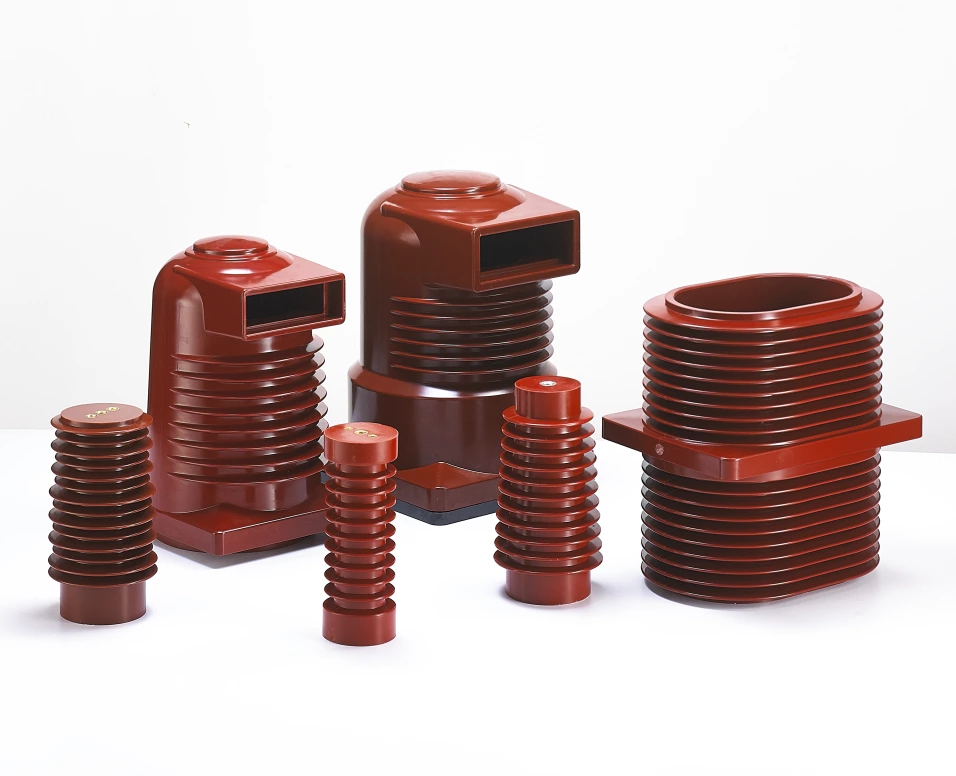Exploring Double-Wall Heat Shrinkable Tubes: Understanding the Concept and Assessing Quality Criteria for Distinction
The literal meaning of double-wall heat shrink tubing is easy to understand, that is, it has a double-layer structure, so it is also called double-wall heat shrink tubing. The outer layer uses polyolefin as a protective layer, and the inner layer uses hot melt adhesive as a sealing buffer layer, so it is called a double-wall heat shrinkable tube.
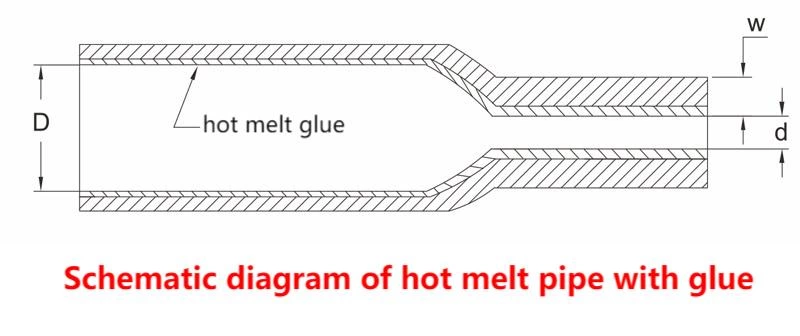
How to distinguish double-wall heat shrink tubing
The inner wall of the finished double-wall heat shrinkable tube has a bright layer of hot melt adhesive, which has obvious reflective phenomena. The inner and outer walls of ordinary single-wall heat shrinkable tubes are matte, so they are easy to distinguish. After heat shrinkage, it is easier to distinguish. You can clearly see that there is a double-layer structure, and there is an obvious hot-melt adhesive layer on the inner wall, which is generally transparent.
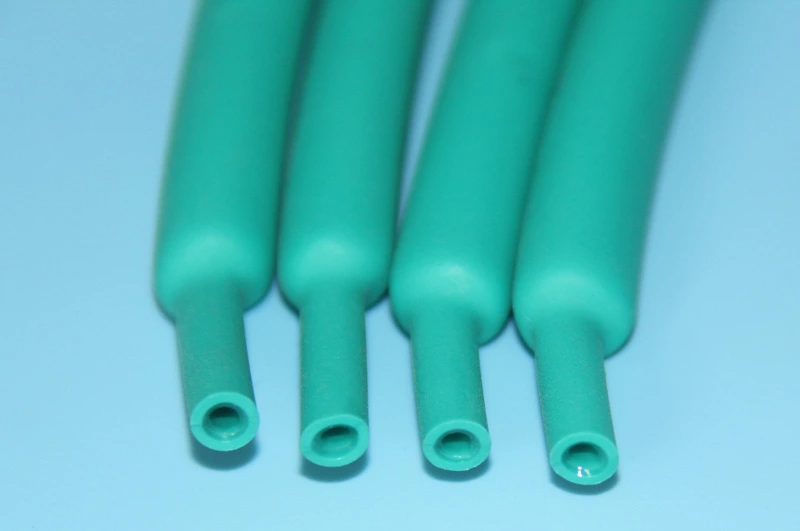
How to distinguish the quality of double-wall heat shrink tubing
1. The adhesion performance of hot melt adhesive is the most important weight indicator of double-wall heat shrink tubing. It is related to the sealing and waterproof performance of double-wall heat shrink tubing. Under normal circumstances, double-wall heat shrink tubing can reach IP68 waterproof level. Mainly Realized by hot melt adhesive, double-walled heat shrinkable tubes rely on hot melt adhesive to block water vapor to achieve waterproof function, so the quality of hot melt adhesive directly determines the quality of double-walled heat shrinkable tubes.
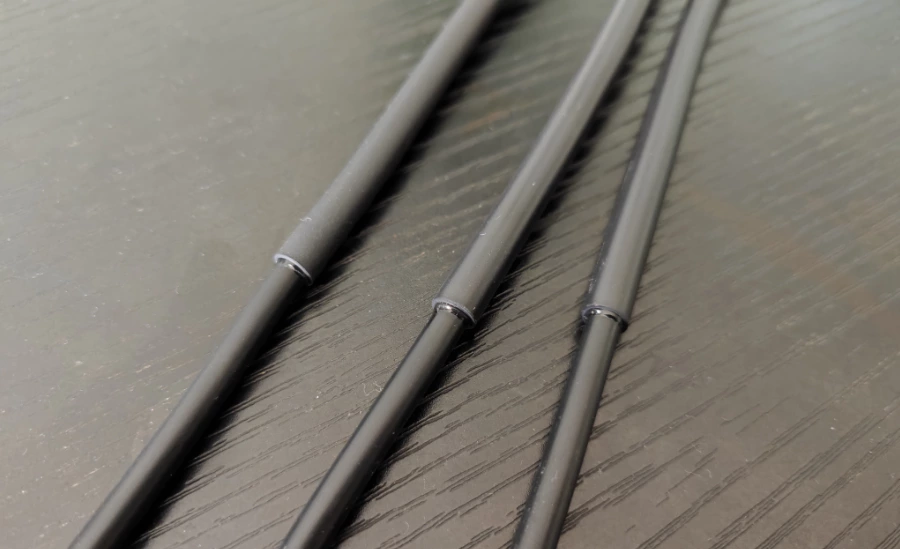
2. Double-wall heat shrinkable tubes usually only shrink in the radial direction. When heated and shrunk, only the pore diameter will be reduced, and the longitudinal length will not be shortened. However, the longitudinal length of inferior heat shrinkable tubes will be significantly shortened when heated and shrunk. According to industry regulations The longitudinal shrinkage is about 5%.
3. High-quality double-walled heat-shrinkable tubes heat-shrink the hot-melt glue on the cable in a circle, while inferior double-walled heat-shrinkable tubes will have serious glue overflow. The hot-melt glue will flow along the product. After the glue overflows, due to Without outer constraints, port cracking will easily occur, thus affecting the quality of the entire product.
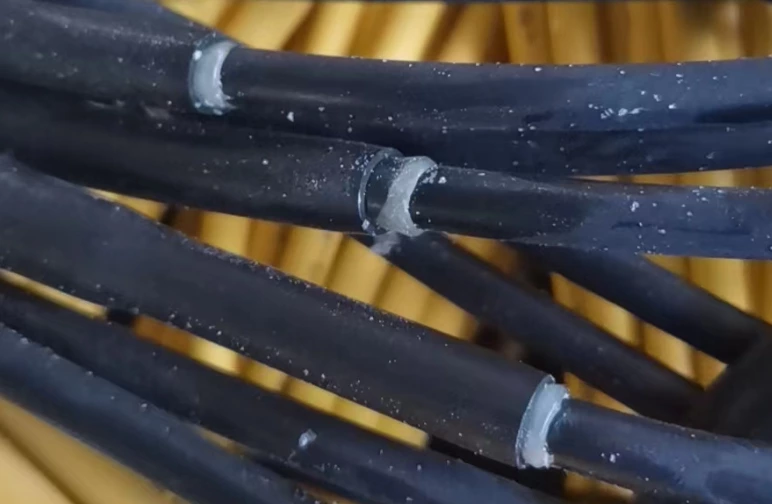
The double-walled heat shrinkable tube with serious glue overflow cracked and turned white at the end
4. The pore diameter shrinkage ratio of double-wall heat shrinkable tubes is usually 3:1 or 4:1, also called 3 times or 4 times double-wall heat shrink tubes. It mainly refers to the pore diameter reduction ratio after heat shrinkage. It is marked as 4 times double. Wall heat shrink tubing, but the actual shrinkage ratio does not reach 4 times, is also regarded as a substandard product.
5. High-quality double-wall heat shrinkable tubes generally feel softer, have no bamboo knots on the surface, and have uniform shrinkage wall thickness without obvious wall deflection.
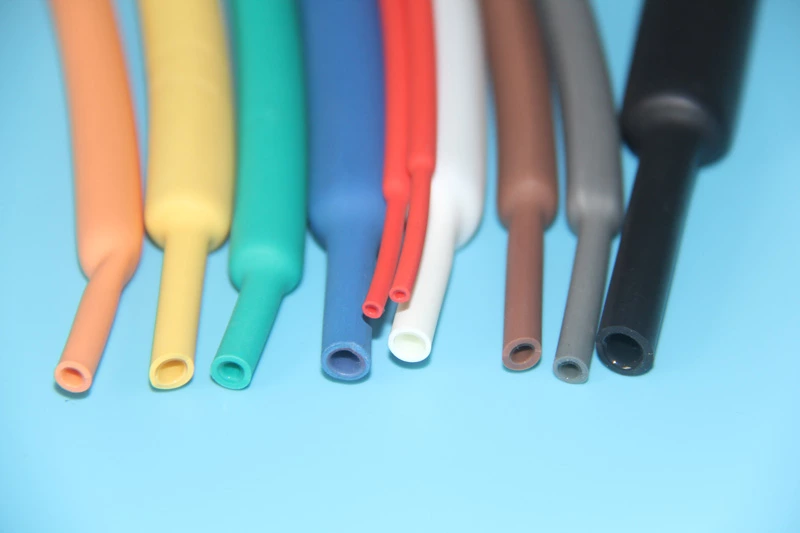
When purchasing double-walled heat shrinkable tubes, you should mainly identify the advantages and disadvantages from the three perspectives of hot melt adhesive, radial and longitudinal shrinkage. Double-walled heat shrinkable tubes are widely used in electronic and electrical, automotive, wiring harness and other fields. Used in cable joints for sealing insulation, protection of automobile lines, and prevention of wire harness aging.

